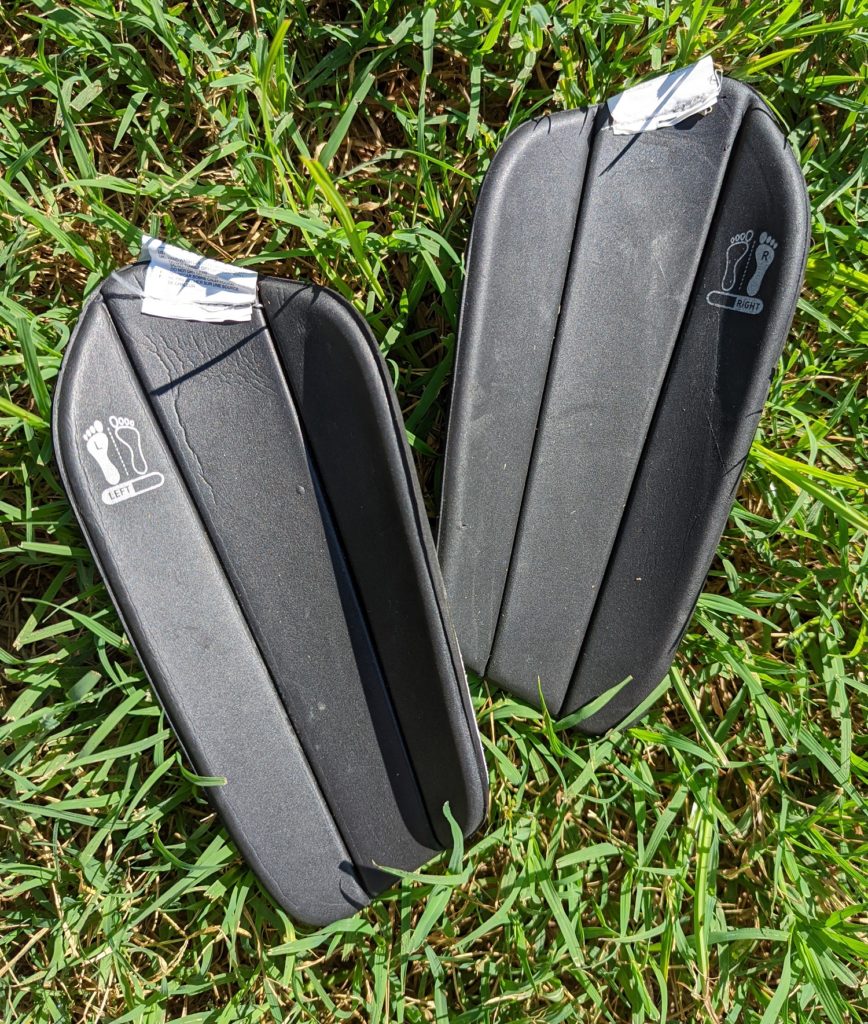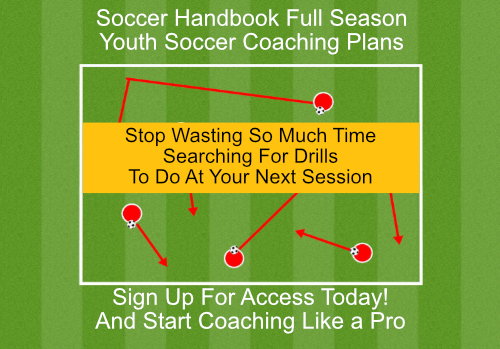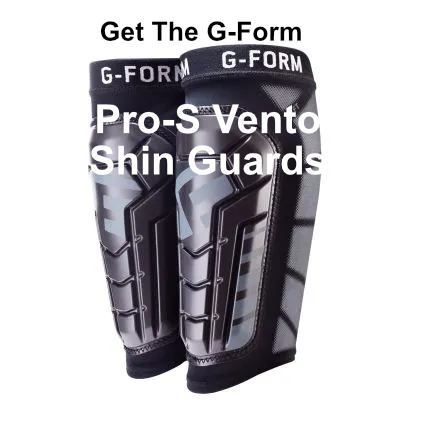Worldwide, soccer is called a beautiful game, but there is nothing beautiful about taking a hard kick to the shin.
In the excitement of the game, it is always possible to end up getting kicked in the legs. That is why knowing how to wear shin guards is an important part of your soccer education.
Regardless of the level of soccer, it is crucial to protect yourself from painful shin injuries. Soccer shin guards protect a sensitive area of the leg. It is even rumored that soccer superstar Christiano Ronaldo has customized shin guards that he kisses before playing!
Shin guards will only protect you when they are the right size and properly worn. If you or your family are new to the soccer world, keep reading to find out how to wear shin guards.
How to Wear Shin Guards
When you are gearing up for a game, pickup game, or practice, your shin guard will be the first thing you put on.
1. Choose Your Shin Guard
The first thing you need to do to make sure you are wearing your shin guards properly is to make sure you have the right pair. This can be subjective, but there are a few things you should know.
Get the Right Type of Shin Pad
When you shop for shin pads, there are three main types you can choose from.
Ankle shin guards are a popular choice for youth and intermediate-level players. These shin guards have a cloth stirrup that goes under your foot and an elastic strap at the top to secure around your calf. The cloth around your ankle helps provide additional protection from kicks.
Shin socks have the shin guard built directly into the sock. These are popular with children because they are so easy to use.
Slip-in shin guards are smaller, lightweight guards that slide right into your soccer sock. They can be held in place but a tight-fitting sock, ankle shield, or tape. Professional and advanced players often use slip-in shin guards because they do not interfere with their movements.
There are countless brands and price ranges to choose from. Check out reviews to see the best-rated shin guards.
Get the Right Size
Getting the right size shin guard will give you the most protection but not limit your comfort and ability while moving around.
How should shin guards fit? Properly fitting shin guards will extend from above your ankle to a few inches below your knee. Measure this area to help you find the correct size shin guard.
Try Them On
When you go to purchase your shin guards, try them on to make sure they fit properly.
Move around as if you were playing. Try walking, running, and any other motion you do while playing. A proper fitting shin guard will stay in place and not restrict your movements while you play soccer!
If you feel that the shin guard is rubbing against your ankle or seems not right, try on a different size!
2. Time To Gear Up – Put Your Shin Guards On
It is game time! Now that you’ve chosen the right style and size for you, it is time to put them on your shins.
If you are wearing ankle shin guards, put your foot through the ankle support and pull them up your leg. Take the time to make sure that your shin guard is centered on your shin.
Most shin guards can be used on either leg, but some soccer shin guards are higher on one side of your leg than the other or are curved to better fit either the right or left leg. If you have this type of shin guard, the higher side goes on the outside of your leg. They will most likely have something written on the back to indicate left or right.

Secure your shin guard. Fasten the elastic strap at the top of the shin guard. You want shin guards to be tight enough that you are confident they will stay in place but not too tight that your leg feels numb or starts to swell.
If you have slip-ins with sleeves you will need to put on the sleeve first. Pull them up to the appropriate height on your shins, then insert the shin guard in the appropriate sleeve.
3. Sock Time – How to Wear Socks With Shin Guards
Now on to how to wear soccer socks and shin guards together. After securing your shin guard or inserting them into the sleeves, pull your soccer socks up and over the shin guard.
Soccer socks should be tight enough that they stay in place, and they can even help hold your shin guard in place. However, they should not be so tight that they are uncomfortable.
If you have extra sock fabric that stretches up and over your knee, you can fold it down over the top of the shin guard.
Shin Guards Under or Over Socks
While you could wear your shin guards over your socks it is a requirement in most leagues to wear them under the socks.
It is important to cover your shin guard with soccer socks because the plastic and other materials in the shin pads could cut or injure you or someone else. While this is uncommon, a broken shin guard could result in sharp pieces. It is also a requirement to have your socks over the guards in most leagues.
You may need to use athletic tape to secure your shin guard. Players who chose to use slip-in shin guards, or anyone who notices their shin guard moves a lot, can use athletic tape on the top and bottom of the shin guard to make sure it stays in place during the game.
Take extra athletic tape with you to practice and games in case you notice your shin guards are moving around.
4. Lace Up Your Shoes
The last thing you will put on is your soccer cleats.
Take the time to do a last-minute check so that everything feels secure. Your cleats should not rub against or disturb your shin guards. Move around and check that you are ready to play!
Caring for Your Shin Guards
You will quickly realize that caring for your shin guards is important. In addition to being a great place for bacteria to grow, dirty shin guards stink!
You can check your shin guards for specific washing instructions, but most shin guards can be placed in the washing machine. It is not generally recommended to put them in the dryer.
Let them dry and air out before using them again.
Periodically inspect your shin guards to make sure they do not have any cracks. While it is possible for shin guards to crack, it is very uncommon.
Importance of Shin Guards
You do not need a lot of soccer gear to play, but shin guards are a must. Almost all soccer leagues require that players use them.
Studies have shown that shin guards help protect against injury, and knowing that your lower legs are covered will give you extra confidence. Whether at practice or a game, it is a great idea to always wear them.
Keep your shin guards with your soccer gear and put them on every time you play!
Game On!
Now that you know how to wear shin guards, it is time to get out there and play!
It never feels good to get kicked in the shins, but properly fitting shin guards can help reduce your risk of injury. Whether you are practicing or playing in a serious league, wearing shin guards will give you the confidence to try some new soccer moves!
Now go enjoy the beautiful game!







